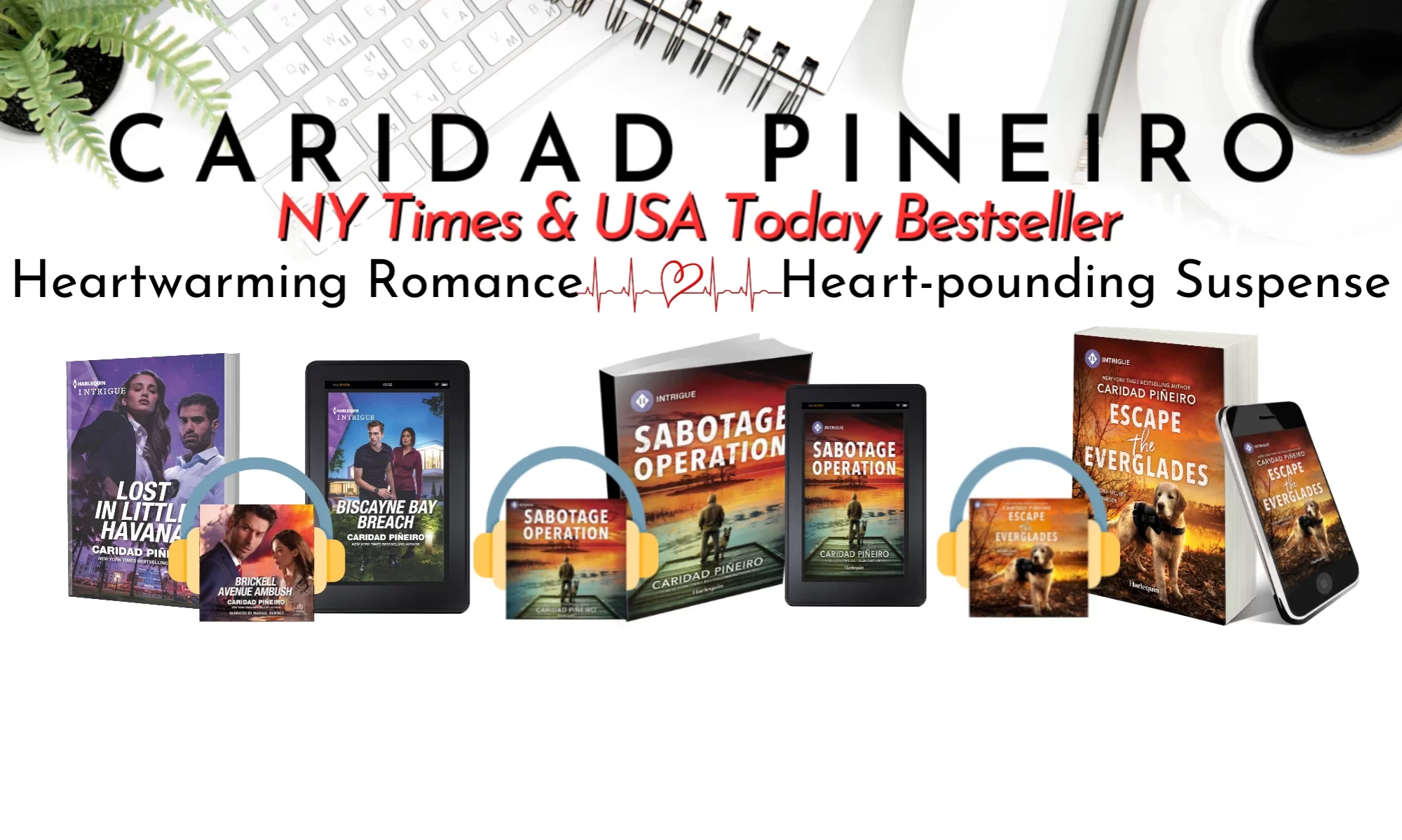 One of the hardest things to understand as a new (or even established writer) is POV – Point of View.
One of the hardest things to understand as a new (or even established writer) is POV – Point of View.
When I wrote my first novel, I didn’t even have any idea what POV was. I had been a biology major and although I’d been writing since the fifth grade, I had never had anyone talk to me about POV. The end result was that my first completed book was 1200 pages long and in a POV that pulled the reader out of the story.
So how do you know what POV you’re using and how do you keep that POV firmly focused?
I like to use a technique that I call the POV camera. What’s the POV camera? Think of the character telling the story as a cameraman focusing a camera on the scene. That character can only see what’s happening before the camera lens. Keep that in mind as you consider the three most popular POVs in fiction, namely, Omniscient Narrator, Third Person and First Person.
What are the traits of these POVs?
- Omniscient Narrator (3rd Person): An Omniscient Narrator is someone who can see everything and comment on it. Think of the Omniscient Narrator as a cameraman perched up high up on a boom crane filming everything that’s happening down below. He says everything and can skip from one person to another and tell/see everything about them.
With an Omniscient Narrator, there isn’t anything that is unknown. The Omniscient Narrator can tell the reader everything about everyone.
Sounds good, right? Well, the problem is that when you tell the reader about everything, you don’t let them engage in the story. You don’t trust them to figure some things out for themselves and get involved by trying to figure it out.
To do Omniscient Narrator right is a difficult task, so I would recommend you stick to the one of the other two POVs.
- Third Person: Third Person is probably the most common POV in modern fiction today. Basically, Third Person is when one of the characters in the story is telling the tale. Because of that, think of the camera that characters would be holding and what that character would see. Those are the only things that the POV character can describe. So, that character can’t describe how they look (and please, stay away from looking in the mirror shots if at all possible!).
Also, the POV camera can’t read the other person’s mind, so the character can’t know what the other person is thinking, they can only guess at what they are thinking.
That helps build conflict and tension. It also allows the reader to guess at it. In addition, because you are seeing things through this character’s POV camera, you are getting to know the character by how they react to what’s happening. This builds a relationship with the character.
In romance, we do jump to the POV of other characters, usually “head-hopping” from the hero to heroine. How do you do it right? Don’t do it too often and don’t give away too much information when you do “head-hop”. And to keep things straight, remember the POV camera and what the character can see through that lens.
Last, but not least is First Person which has become quite popular in certain genres, such as chick lit and even urban fantasy (think Anita Blake). What is First Person POV?
- First Person POV: “It’s all about me.” The “I” and nothing else. First Person is when one character is telling the entire story and uses “I” (first person singular) whenever the character is describing what’s going on.
So, the POV camera is much like Third Person, but everything is filtered much more personally by the cameraman. Every piece of information, even that of other characters, is touched by/colored by the First Person cameraman.
What does that create? Sometimes a greater sense of intimacy since you get to know the character very well. It can also be misleading if the First Person cameraman isn’t dealing with reality (think about using a soft focus lens on an older woman at a minimum or totally choppy and jumpy like someone wired on drugs).
Done well, First Person can be very very effective. Done poorly, you get tired of hearing “all about me” all the time.
Personally, I really struggle with First Person. I find it very difficult to always be working in the “I” and prefer third person. I think the important thing to consider when deciding what POV to use is, which do you feel most comfortable in? You need to find you voice and what POV works best with that voice. Then you can start writing and remember — Put yourself behind the camera so you can be sure that what you’re doing is right for the POV you’ve chosen.
Good writing to you all!
Copyright 2008 Caridad Pineiro Scordato www.caridad.com
